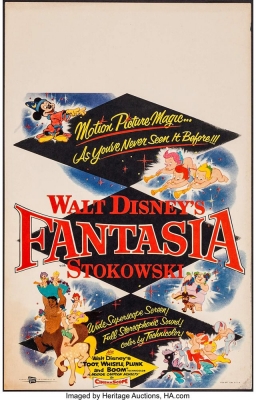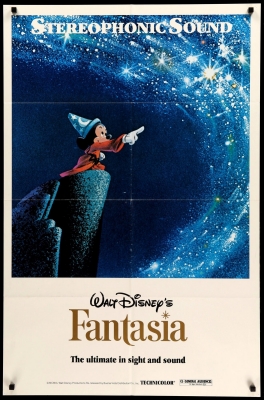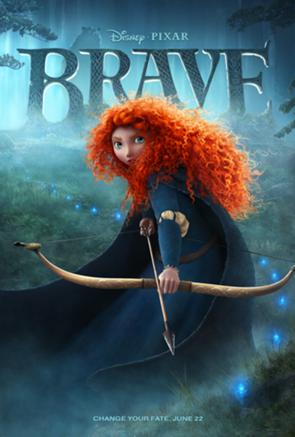The Golden Age of Science Fiction: Fantasia
The Balrog Award, often referred to as the coveted Balrog Award, was created by Jonathan Bacon and first conceived in issue 10/11 of his Fantasy Crossroads fanzine in 1977 and actually announced in the final issue, where he also proposed the Smitty Awards for fantasy poetry. The awards were presented for the first time at Fool-Con II at the Johnson County Community College in Overland Park, Kansas on April 1, 1979. The awards were never taken particularly seriously, even by those who won the award. The final awards were presented in 1985. The Film Hall of Fame Awards were not presented the first year the Balrogs were given out, being created in 1980.
Released on November 13, 1940, Fantasia was the third feature length animated film made by Walt Disney, following on the heels of Snow White and the Seven Dwarfs and Pinocchio. The film built on the Silly Symphonies series of shorts Disney released between 1929 and 1939. While the Silly Symphonies married images to original music, Fantasia would take eight pieces of known classical music and use them to tell stories.
While Snow White and Pinocchio were aimed at a juvenile audience, Fantasia is very much a film for adults. The lack of dialogue, and what dialogue there is being expository, mean that, although certain sections of the film will appeal to children, most kids will be bored through much of the movie.


 Over the last few years, I’ve been a big fan of Disney/Pixar films, but not so much of the films put out by Disney itself. While I enjoyed Tangled well enough, when compared to the Toy Story franchise or Wall-E, the more mainstream Disney movies just don’t have the same emotional impact.
Over the last few years, I’ve been a big fan of Disney/Pixar films, but not so much of the films put out by Disney itself. While I enjoyed Tangled well enough, when compared to the Toy Story franchise or Wall-E, the more mainstream Disney movies just don’t have the same emotional impact. The Disney/Pixar partnership has always been willing to take some risks. Let’s face it, these are the people who turned a lost fish, talking cars, and Ed Asner in a floating house into deeply rich character-driven stories about the human condition. It’s really a wonder if there’s anything they can’t do well!
The Disney/Pixar partnership has always been willing to take some risks. Let’s face it, these are the people who turned a lost fish, talking cars, and Ed Asner in a floating house into deeply rich character-driven stories about the human condition. It’s really a wonder if there’s anything they can’t do well!